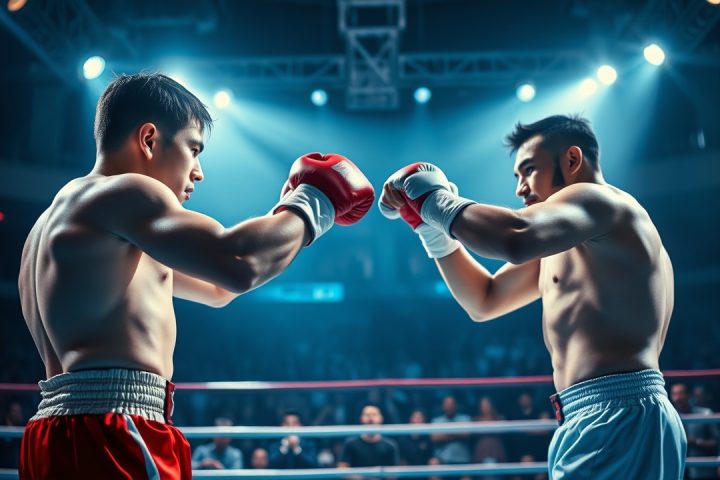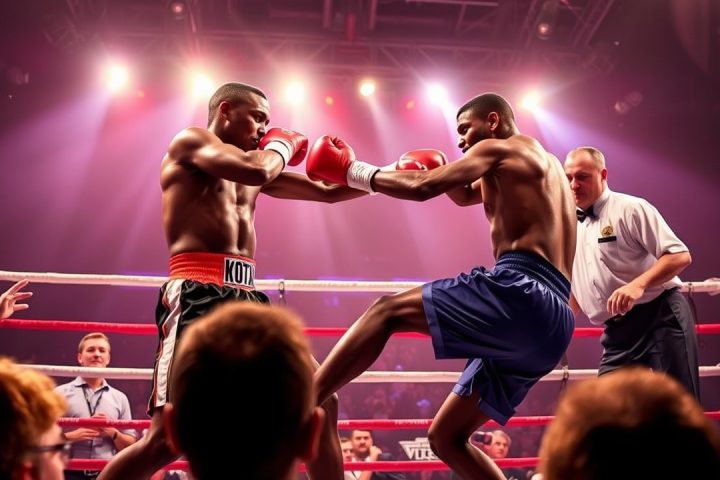Unexpected Challenges for David Picasso
In a surprising turn of events at the MGM Grand on July 19, during the undercard of the highly anticipated Pacquiao vs. Barrios fight, David Picasso, an undefeated fighter often hailed as a rising star in boxing, faced unexpected challenges against the tenacious Kyonosuke Kameda. Picasso, who boasts an impressive record of 31 wins, a single draw, and no losses, was heavily favored to dominate the match against Kameda, a seasoned opponent with a 15-4-2 record.
Performance Analysis
However, the bout did not proceed as smoothly as anticipated for Picasso, ranked No. 1 by the WBC at 122 lbs and on the brink of a high-stakes opportunity to fight Naoya Inoue. Despite being viewed largely as the underdog, Kameda, who recently suffered a stoppage loss to Luis Nery, delivered a spirited performance characterized by relentless pressure and tactical aggression, effectively countering Picasso’s higher volume of punches.
While Kameda may not possess elite knockout power, he capitalized on Picasso’s momentary lapses, landing several impactful uppercuts and establishing a competitive rhythm in the ring. Although Picasso showcased flashes of his skill, responding with quick combinations and moments of control, his overall performance was marred by a lack of urgency and refinement, raising questions among boxing analysts and fans alike.
Future Implications
The anticipated fight outcome remains pivotal, especially with a possible match-up against Inoue looming on the horizon, contingent upon both fighters securing victories in their upcoming bouts. If Picasso aspires to step into the ring with Inoue later this year—likely under the excitement of the Riyadh Season event—he needs to quell any doubts left lingering from his recent performance against Kameda, who exposed certain inconsistencies in timing and hunger.
As the boxing community watches closely, the clock is ticking, and the potential undisputed clash between Picasso and Inoue hangs in the balance, dependent on whether Picasso can rally and reclaim the dominant narrative.




